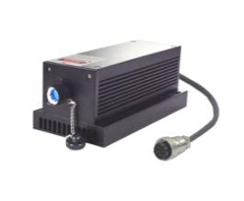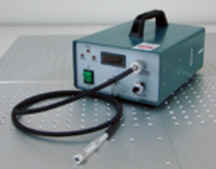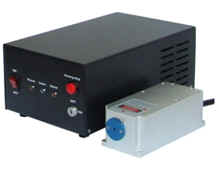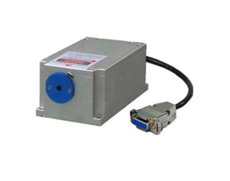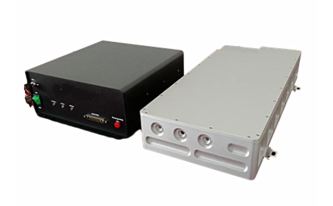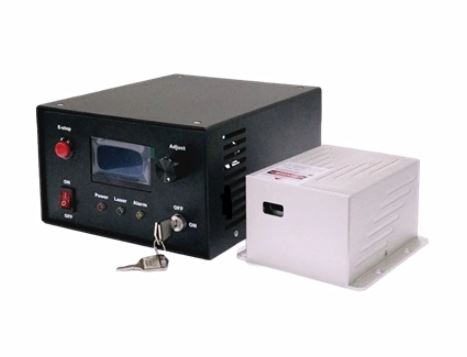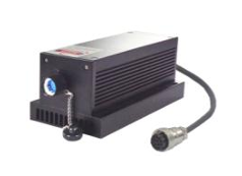-
 Lasermate Group, Inc. provides diode-pumped solid state (DPSS) lasers with low divergence and high power that are suitable for optogenetics application. The wavelengths used for optogenetics research comprise of the entire wavelength spectrum from ultraviolet to violet, blue, green, yellow, and red to multiple wavelengths.
Lasermate Group, Inc. provides diode-pumped solid state (DPSS) lasers with low divergence and high power that are suitable for optogenetics application. The wavelengths used for optogenetics research comprise of the entire wavelength spectrum from ultraviolet to violet, blue, green, yellow, and red to multiple wavelengths.



